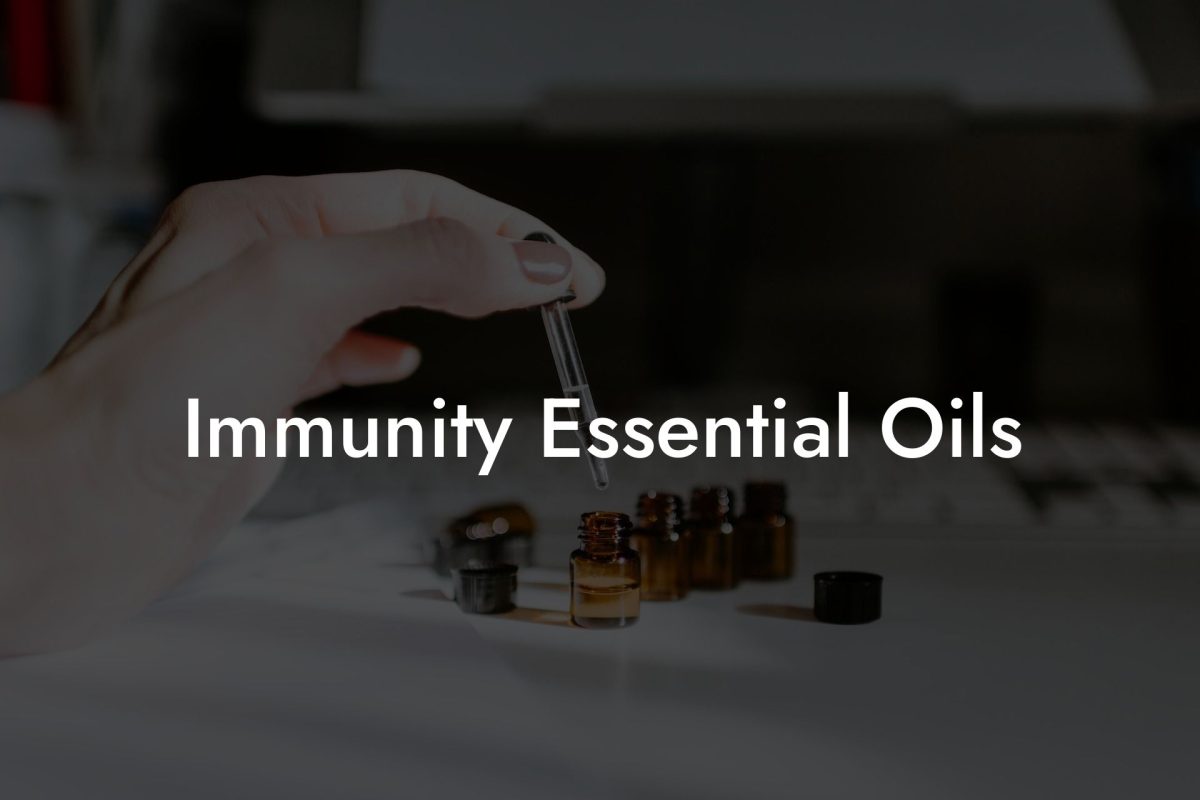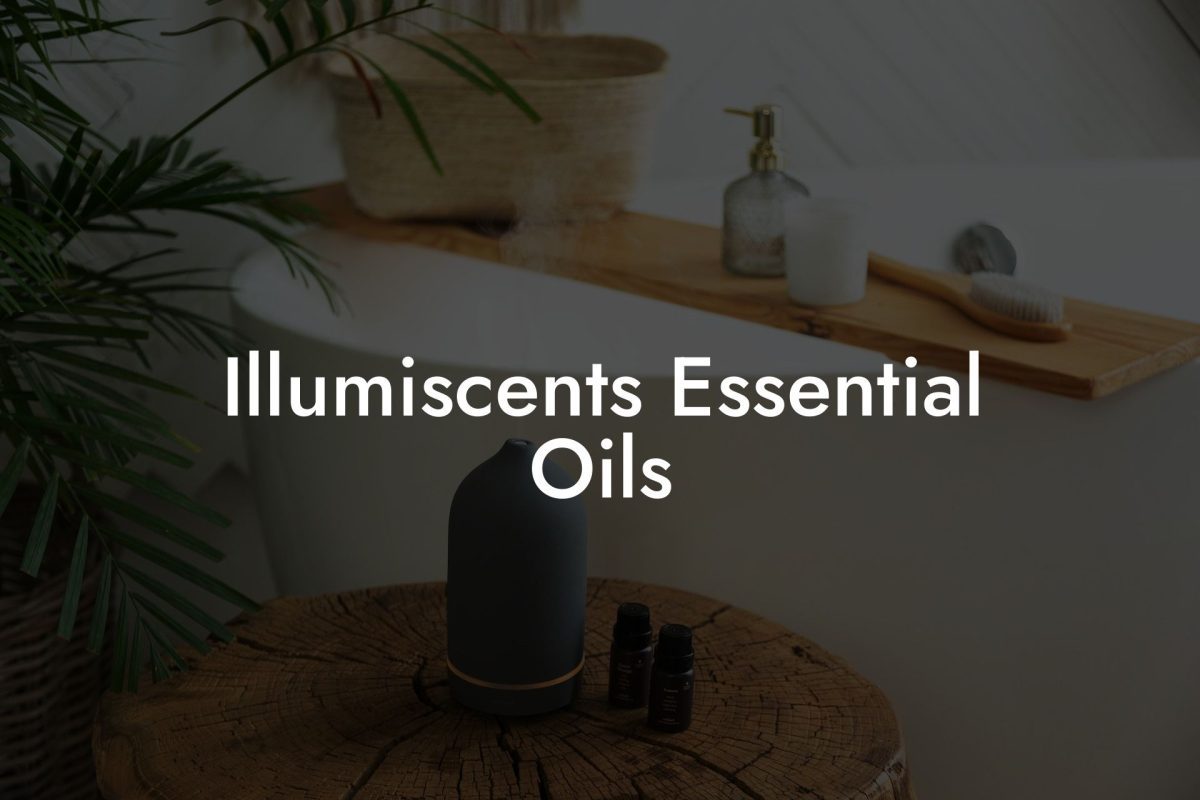Essential oils have become synonymous with holistic living and natural remedies for everyday ailments. Despite their numerous benefits, there are times when even these natural wonders can cause adverse reactions such as rashes. In this article, we will discuss the causes of essential oil-induced rashes, how to prevent them, and various treatment options at your disposal.
Table of Contents
What Causes Essential Oil Rashes?
Essential oil rashes, also known as contact dermatitis, can occur when the skin comes into contact with an allergenic or irritant substance. The two common reasons behind essential oil rashes are:
Allergic Reactions
An allergic reaction to essential oils is a result of your body’s immune system responding to a perceived threat. The most significant factor contributing to an allergic reaction is the individual’s unique biochemistry and sensitivity to certain compounds. It is important to note that allergic reactions can surface even for those who have safely used essential oils before, as sensitivities can develop over time.
Chemical Irritation
Essential oils are potent substances – a fact that can be both beneficial and harmful. Some essential oils may cause chemical irritation when applied directly to the skin without proper dilution. This type of reaction is not immune-related and can affect people with no history of allergies to the oil in question.
Preventing Essential Oil Rashes
Proper use of essential oils is crucial to avoid skin-related issues. Here are some steps you can follow to prevent rashes:
- Patch Test: Before applying any essential oil to a larger area of your skin, conduct a patch test by applying a small amount of diluted oil to a discreet area like the inside of your elbow. Observe for any signs of irritation or reaction for 24 hours.
- Dilution: Ensure that you dilute essential oils with a suitable carrier oil before applying to the skin. Most essential oils are highly concentrated and can lead to chemical irritation if applied directly to the skin.
- Quality Selection: Choose high-quality essential oils from reputable sources like Oshu Oils, which focus on artisan-quality products derived from pure botanical ingredients.
- Safe Storage: Keep essential oils out of direct sunlight and heat, as they can alter the chemical composition, increase oxidization, and decrease the shelf life of the oils.
Treating Essential Oil Rashes
If you do experience an essential oil-induced rash, here are some steps to alleviate the symptoms and promote healing:
- Wash the affected area with mild soap and water to remove traces of the oil.
- Apply a cold compress to soothe the skin and reduce inflammation.
- Use an over-the-counter hydrocortisone cream or an antihistamine cream to reduce itching and inflammation. (Consult a medical professional before using any medication).
- Avoid further use of the essential oil responsible for the rash. If you are unsure of the culprit, take a break from all essential oils until your skin heals.
Essential Oils Rash Example:
Imagine you’ve just purchased lavender essential oil from Oshu Oils for the first time. To ensure you won’t have an adverse reaction, you conduct a patch test with a 2% dilution of lavender oil in a carrier oil by applying a small amount to the inside of your elbow. After 24 hours without any signs of irritation, you proceed with confidence to use the oil in your diffuser or to create a topical blend.
Essential oils offer a wealth of benefits, but it is essential to be aware of the potential side effects when improperly used. By following our guidelines for prevention and treatment, you can continue to enjoy the healing properties of essential oils without the worry of unwanted rashes. Don’t forget to share this article with friends and family who may be interested in essential oils and explore our other guides on Oshu Oils as well as our range of essential oils.





















